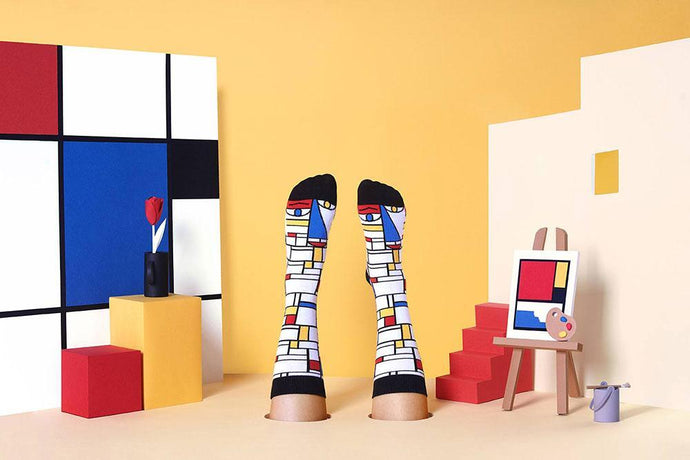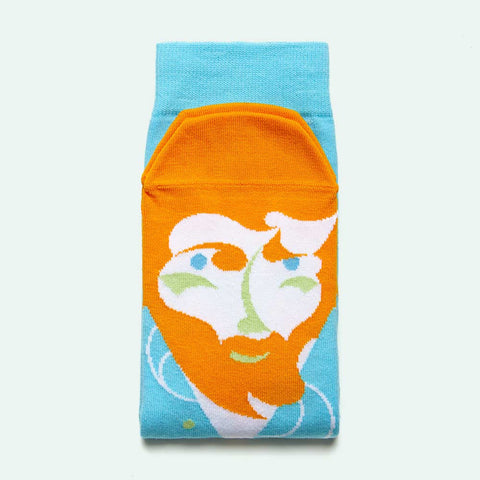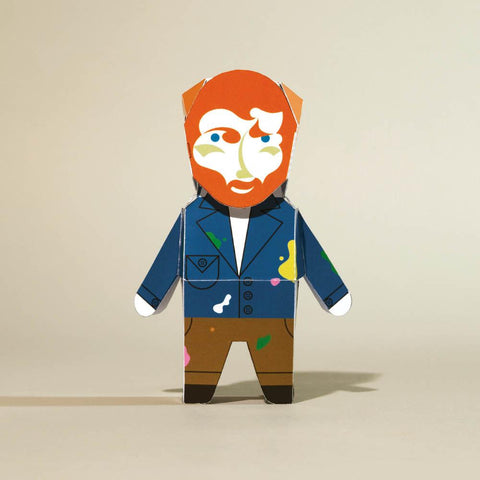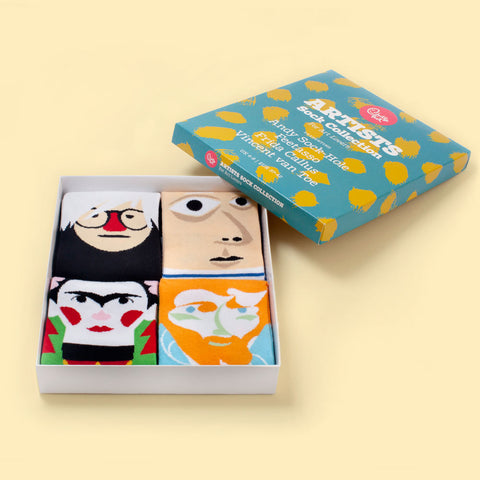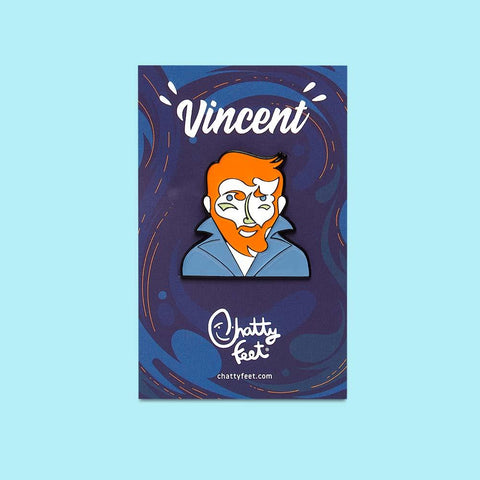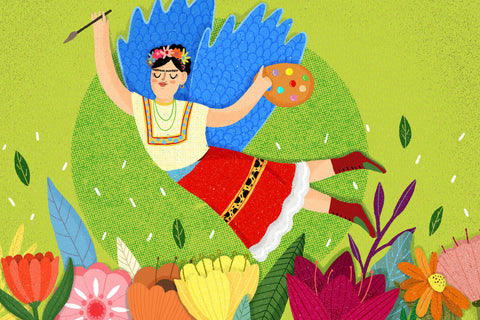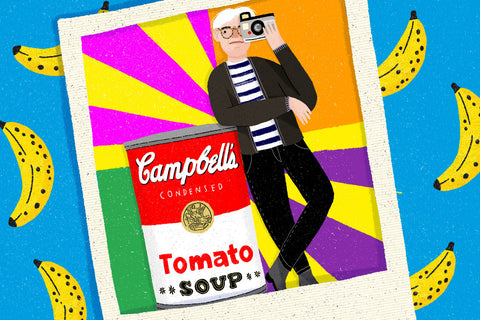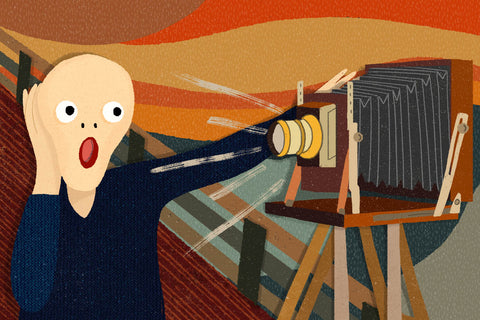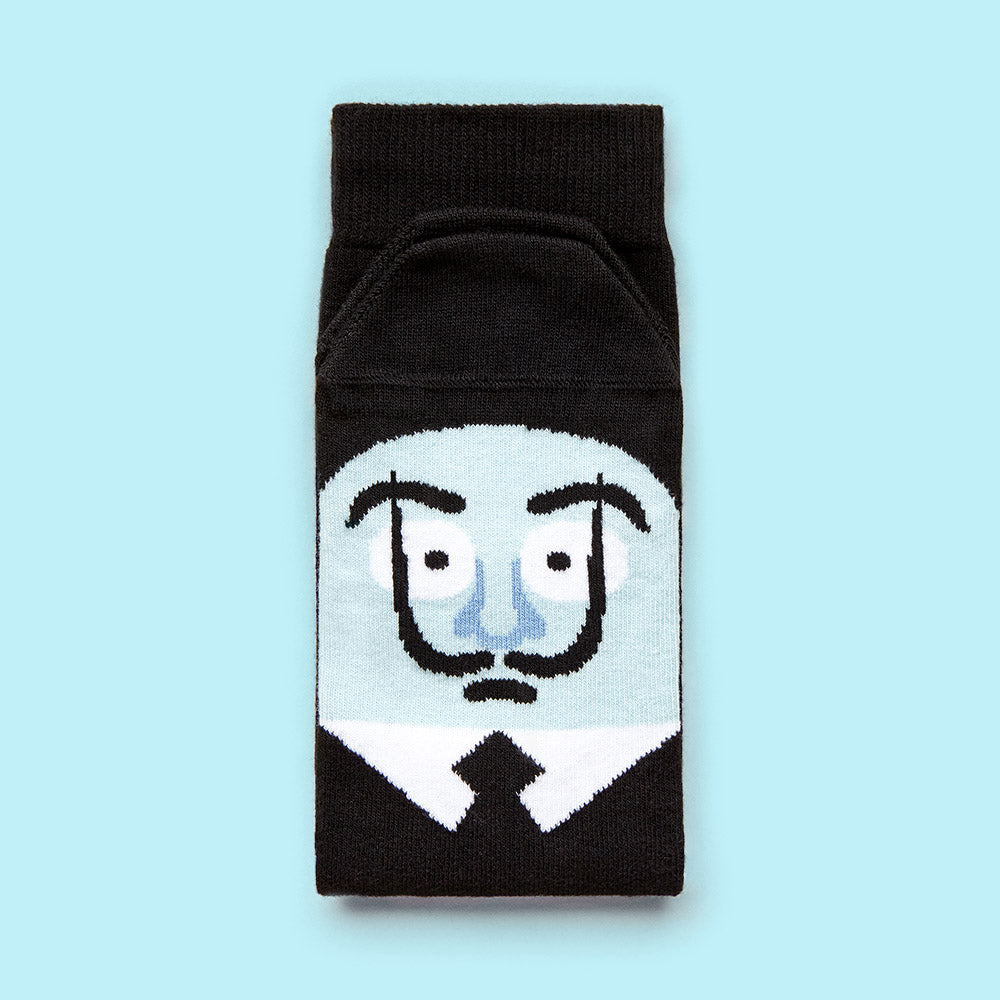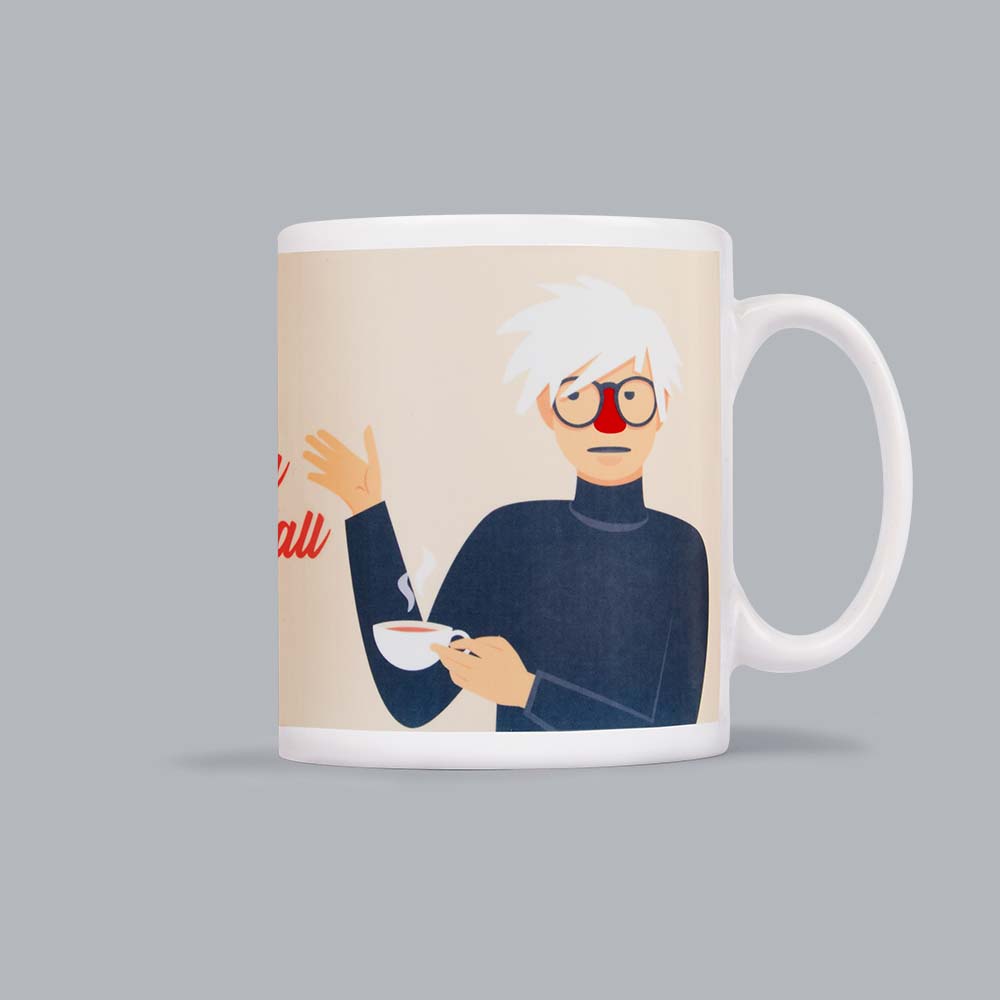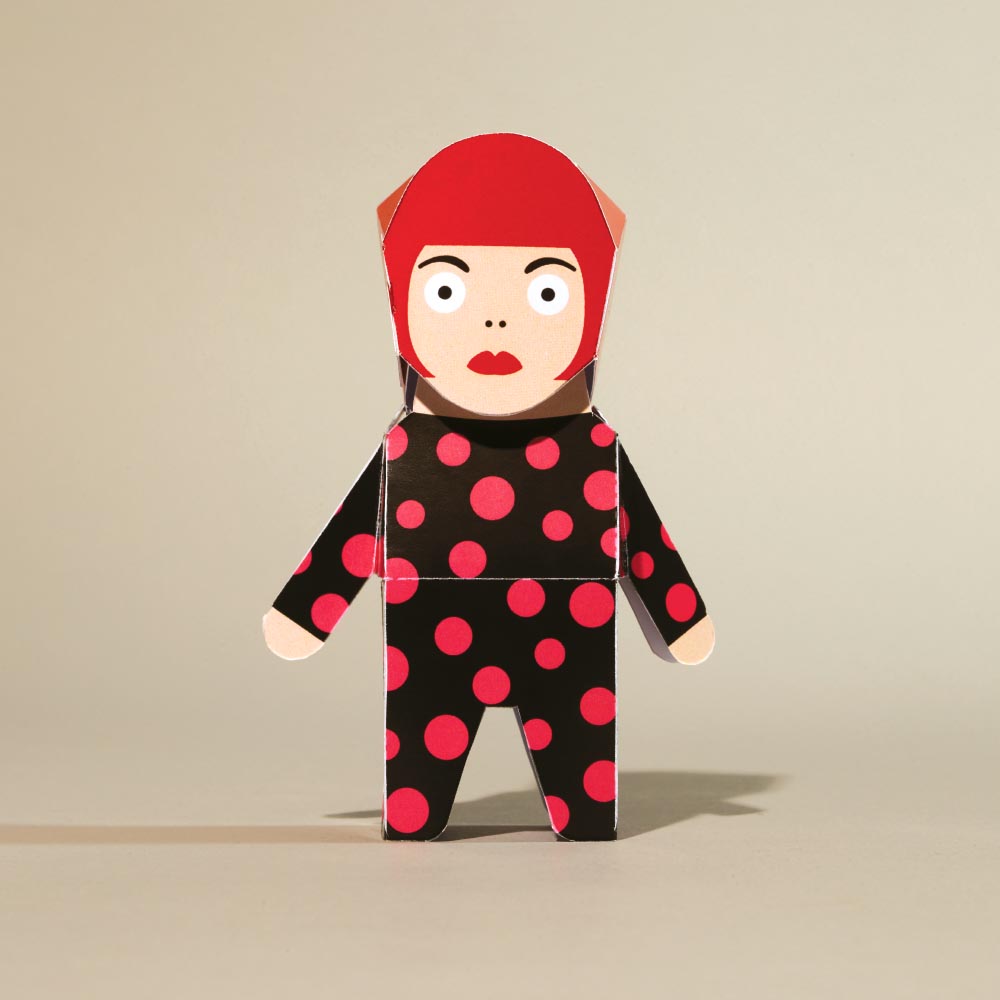The beginning
Born in 1853 in Holland, with a church minister as a father, Vincent was one of three brothers and three sisters. It was expected that Van Gogh would eventually join the religious order like his father, so he studied theology and worked as a missionary. But it was his uncle’s profession as an art dealer that interested him. After finishing his schooling, Vincent followed in his uncle’s footsteps, learning the trade at the age of 16 in the Hague Gallery before working as an art merchant in England and France. At the ripe old age of 27 Van Gogh enrolled in the Académie Royale des Beaux-Arts in Brussels, taught himself to draw and soon began painting in a bid to get over the heartbreak caused by his romantic relationships. His younger brother Theo became an art dealer and it was he who suggested that Van Gogh should use more colours in his paintings to make them more saleable. Theo supported Vincent financially while he lived as an unknown artist in France.

Creative periods
Vincent moved to Paris in 1886 to work alongside influential artists such as Toulouse-Lautrec, Monet and Bernard, and later set up an art colony in the South of France with Gauguin. He greatly admired Rubens’ work and studied colour theory around the same time that the bright vivid colours of Impressionism became popular. Despite using thick coats of colourful paint, his artworks (although positively reviewed) remained unsold, and he continued to live a very frugal life.

Personal life
In 1881 Van Gogh left home to begin a relationship with pregnant prostitute Sien Hoomik and he was rejected by members of his family. Vincent developed his drawing skills by using Hoomik as a life model. When this relationship came to an end, he was unable to find inspiration or models elsewhere so he returned to his parents’ home and continued to practice his art. Van Gogh famously mutilated his own ear after a row with Gauguin. When Vincent discovered that Gauguin planned to leave the colony in Arles he threatened him with a razor. Gauguin stayed at a hotel that night while Van Gogh turned the razor on himself. He left blood all over the studio they shared and offered the ear to a prostitute as a gift. He was swiftly hospitalised by his injuries and his friendship with Gauguin was ruined - another failed relationship that traumatised him deeply. In 1890 Van Gogh attempted suicide by shooting himself in the chest. He survived the initial shot but later died from the injury.

Photo credit: National Gallery of Art
Important paintings
Vincent Van Gogh painted for just ten years in total, racking up an impressive 900 pieces of work. His first major work ‘Potato Eaters’ was painted in 1885 and it marked the first time that Van Gogh’s artwork was appreciated by the public. Even so, the unpopular palette of dark colours meant he was unable to sell this painting. Van Gogh soon returned to the Antwerp academy to get some professional training in the arts. During his time at the artist colony in Arles Van Gogh painted his most famous piece ‘Sunflowers’ and was exceptionally productive and creative during those years. However, this was soon followed by countless hospital stays as his mental wellbeing suffered and his health began to decline. It was only after his death that the art world recognised Van Gogh’s genius and his paintings became world famous.

Van Gogh created another of his most recognised pieces ‘The Starry Night’ while staying in an asylum in 1888. The swirling brushstrokes in the sky is often seen as a reflection of Van Gogh’s mental state. He was suffering from epilepsy and psychotic episodes, and most of his pieces produced during this time have a similar agitated style.
Notable quotes
“The way to know life is to love many things”
“Art is to console those who are broken by life”
“I know nothing with any certainty but the sight of the stars makes me dream”
“I dream my painting and then I paint my dream”
“What would life be if we had no courage to attempt anything?”
ChattyFeet brings fun into the day with illustrated artist socks. Browse our collection of fun socks for men or see our special gifts for artists.

